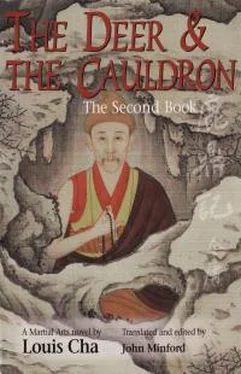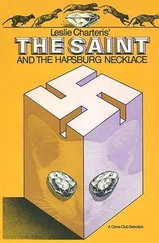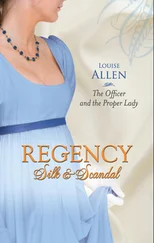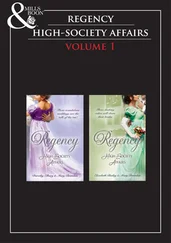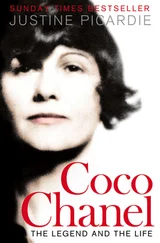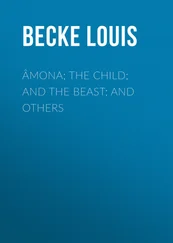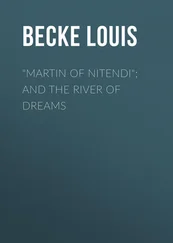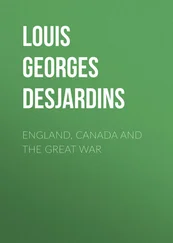used of the Dutch, but later of all nationalities). All Chinese have black hair and brown eyes, and any variation in pigmentation seemed extreme. Hence Trinket (the archetypal Chinese xenophobe and Han chauvinist) remarks that Russians all have red hair and green eyes. For him, as for so many Chinese in the aftermath of foreign imperialism, it was of paramount importance to ensure that ‘these foreign devils will never be able to monkey around and make fools of us!’ (Chapter 21) In our own day, foreigners are still called devils (e.g., in Hong Kong, where gwailo-old devilis a common, indeed almost affectionate term for a foreigner) and big’noses (dabizf).
FOUR GENTLEMEN OF THE RESISTANCE Gu Yanwu, Huang Zongxi, Lii Liuliang, and Zha Yihuang.
GRAND CANAL (yunhe) This great waterway, parts of which are said to date back over two thousand years, connects Peking and Hangzhou. It was the Mongol conqueror Khubilai Khan who extended it north to Peking at the end of the thirteenth century.
GRAND CHANCELLOR (daxueshi) This was the title given to a select number of high’ranking officials in the Imperial Court, who together formed a sort of Imperial Cabinet. These Chancellors were often ‘attached’ to one of the principal halls in the Palace.
HUA, MOUNT The School of kungfu named after Mount Hua, the western of China’s Five Sacred Mountains (just east of the old capital Chang’an). This is one of many links between and Louis Cha’s earlier novel, The Sword Stained with Royal Blood (Bixuejian), written in 1956. One of the principal characters in Royal Blood is Yuan Chengzhi (the son of the historical Ming general and patriotic hero Yuan Chonghuan). Yuan Chengzhi (a character of Louis Cha’s invention) becomes the last disciple of Mu Renqing, the Magic Ape, charismatic Master of the Mount Hua School. In the course of Royal Blood, Yuan Chengzhi becomes the object of the affections of two lady warriors, both of whom put in an appearance in Deer’ the White Nun, and Lady Iron Hand. Another Mount Hua adept is Gui Xinshu, the Matchless Knight, elderly father of Invalid Gui.
QENERAL.qLOSSARYOFTER.Mb ,’’’ HUNDRED FLIGHTS, The Art of the A kungfu technique of evasion taught Trinket by his Shifu the White Nun. JESUITS The historical Emperor Kang Xi’s encounters with his Jesuit advisors and his excursions to test their cannon are well documented. A whole section of the great eighteenth’century Jesuit encyclopedia edited by the French Father Jean’Baptiste Du Halde, Description de la Chine (in English, A Description of the Empire of China) is devoted to a graphic description of one such excursion. In Du Halde’s words, the Emperor ‘… went himself with several Governors of Western Tartary … to see the Experiment’ Pleased with the results, he subsequently gave Father Verbiest’… his vest furred with Martin’skins of great value, and also his Gown that was under it…’ (vol. 1, p. 263). The Jesuits were also invaluable in the negotiations that produced the Treaty of Nerchinsk (see below). They provided the Manchu Court with a great deal of useful technical expertise in other fields, such as watch’making, astronomy, mathematics, and map’making, as well as producing a huge number of translations into Chinese of Western works of learning. And last but not least, they offered the Emperor and his entourage the opportunity to sample some of the delights of Western music, art, architecture, and landscape gardening. KANG These heated bed’platforms, usually built out of brick, were (and are) very popular in northern China. KUNLUN SCHOOL This was the school of ‘precision kungfu’ to which Feng Xifan, the Bloodless Sword, evil mentor of Zheng Keshuang, belonged. LANE (hutong) These narrow winding lanes (Trinket’s princely Residence, for example, was in Bronze Hat Lane), and the courtyard houses leading off them, constituted one of the charms of Old Peking. They often had picturesque names’ South Bean Sprout Lane, Sweet Water Lane, Hair Lane, Willow Lane, Gingko Lane. LYRIC A conventional English term for a genre of Chinese poetry, set to irregular musical metres, that specialized in highly poignant, sometimes sentimental, themes. The singsong’girl at Trinket’s Yangzhou banquet sings a famous lyric by the Song poet Qin Guan, which Trinket does not appreciate. XLII
MANCHU HOMELAND The North’East, the present’day provinces of Heilongjiang, Jilin, and Liaodong, amounts to a huge area, the size of the combined area of France and Italy. It was into this area that Nurhachi’s ancestors had expanded during the Ming dynasty, from their original home in the Long White Mountains on the Korean border. In the 1930s it became the Japanese puppet’state of Manchuria.
MASSACRE OF YANGZHOU This appalling episode, commonly (and euphemistically) known as the Ten Days of Yangzhou, took place when the Manchu army entered the city of Yangzhou in 1645, after a heroic resistance led by Shi Kefa, a Ming general. (See First Book, pp. 300’301.)
MEMORIAL Name given to any official communication addressed to the Emperor from one of his officials or subjects. Some of these memorials were public, some confidential. It is from the Emperor’s marginal comments on or endorsements of such memorials (‘Yes, good idea, do this!’ or ‘No, I don’t agree!’) that we can trace the day’to’day conduct of state affairs during the Manchu dynasty.
OUTLAWS OF THE MARSH Another name for the classic bandit novel Water Margin (see glossary for the First Book).
PALACE Apart from the Emperor’s Palace, Peking had many princely palaces, and countless grand mansions, consisting of several courtyards leading out of one another. Trinket’s Peking Residence was such a grand mansion. It rejoiced in the name ‘palace’ somewhat as one of Venice’s aristocratic mansions would be called a palazzo.
PALACE GUARDS Elite regiment of Imperial Guards, a sort of Palace Bodyguard, under the overall command of Dolong. Two officers in the Guards, Zhang Kangnian and Zhao Qixian, are personal friends of Trinket’s.
PALANQUIN (jiaozi) Superior (i.e. larger) version of the customary mode of transportation used by upper’class Chinese in traditional times, sometimes described as ‘a box’litter’; it is a Portuguese form of a Hindi word, and the palanquin was in use throughout India,
GENERAL GLOSSARY OF TERMS Malaya, the Dutch East Indies (Indonesia), and China. In this novel the word is used for any ‘litter’ larger than a sedan chair (here reserved for the simpler single’seater, carried by two bearers). There were rules for how many bearers a palanquin could have’ sixteen for the Emperor, eight for a Prince of the Blood or a very high’ranking official, four for lesser officials. PEACOCK’S FEATHER The peacock’feathers awarded as distinctions by the Chinese Imperial Court were of three kinds’ three’eyed (conferred on Imperial princes), double’eyed (for lower officials), or single’eyed (as a reward for public services). They were placed in the back of the official hat, and stuck out, sloping downwards. (Ball, Things Chinese, fifth edition, revised by E. Chalmers Werner, London, 1925, p.173.) PIBA A Chinese musical instrument with four strings, in sound somewhat resembling the mandolin, but larger, and therefore often given the conventional English translation ‘lute’. PIGTAIL The long plait or ‘queue’ imposed on the Chinese by the Manchu conquerors, and regarded as a badge of slavery. Trinket has one, of course. QING-MANCHU The Manchu conquerors called their dynasty Qing, or Clear (as their Chinese predecessors had called theirs Ming, or Bright). Thus the two words refer to the same thing, Manchu being the ethnic designation, Qing the dynastic. RED DUST In Chinese Buddhist parlance, the Red Dust denotes Vanity Fair, the World and all its noise, its wealth and pollution, including the temptations of the flesh. RUSSIANS The seventeenth century saw the first real contact between the Chinese and their Russian neighbours. The disputes over their border continued well into the twentieth century. The historical Treaty of Nerchinsk is also well documented in the eighteenth’century encyclopedia of Du Halde. SEDAN CHAIR see Palanquin XLIV
Читать дальше
